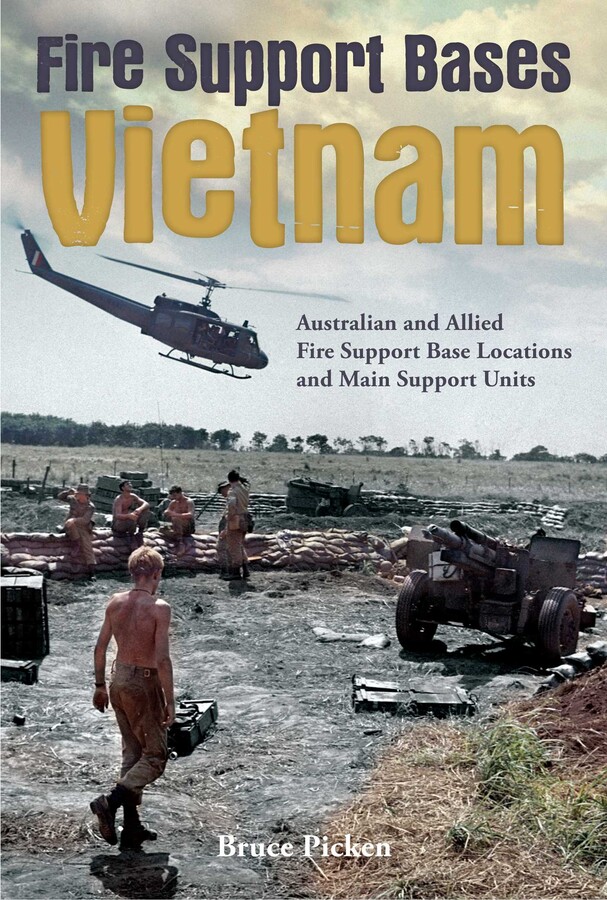Plus, receive recommendations and exclusive offers on all of your favorite books and authors from Simon & Schuster.
Fire Support Bases Vietnam
Australian and Allied Fire Support Base Locations and Main Support Units
By Bruce Picken
Published by Big Sky Publishing
Distributed by Simon & Schuster
Table of Contents
About The Book
Fire Support Bases Vietnam is a meticulous documentation of the construction, location and role of fire support bases during the Vietnam War, compiled by Vietnam veteran Bruce Picken. Often makeshift bases hacked out of primary jungle, these artillery gun areas provided essential support to infantry field units during operations in South Vietnam. In its simplest sense, a fire support base was an often hastily constructed fortified artillery base position, usually sited forward close to the centre of the area of operations in support of task force, battalion or company operations. The role of the fire support base was to bring artillery and mortar fire within range of friendly forces operating in depth. Artillery gun areas were not unique to the Vietnam conflict. In previous wars they were deployed in allied territory to cover the front lines and to support advancing troops. The concept was first applied in Vietnam by US forces and quickly adapted by Australian forces arriving in Phuoc Tuy Province in May 1966 to fight a new kind of war. This conflict was not like its predecessors and the fire support bases were now more usually sited in territory dominated by the enemy to provide much-needed protection for forces operating in bitterly contested areas. Fire Support Bases Vietnam is a detailed account that identifies every fire support base by date, location and role and provides an outline of the operations in which they participated. This is an essential reference book for those with a serious interest in the Vietnam War, and adds valuable detail to the study of a campaign that occupies a unique place in the Australian psyche.
Product Details
- Publisher: Big Sky Publishing (February 15, 2012)
- Length: 500 pages
- ISBN13: 9781921941900
Browse Related Books
Resources and Downloads
High Resolution Images
- Book Cover Image (jpg): Fire Support Bases Vietnam eBook 9781921941900




